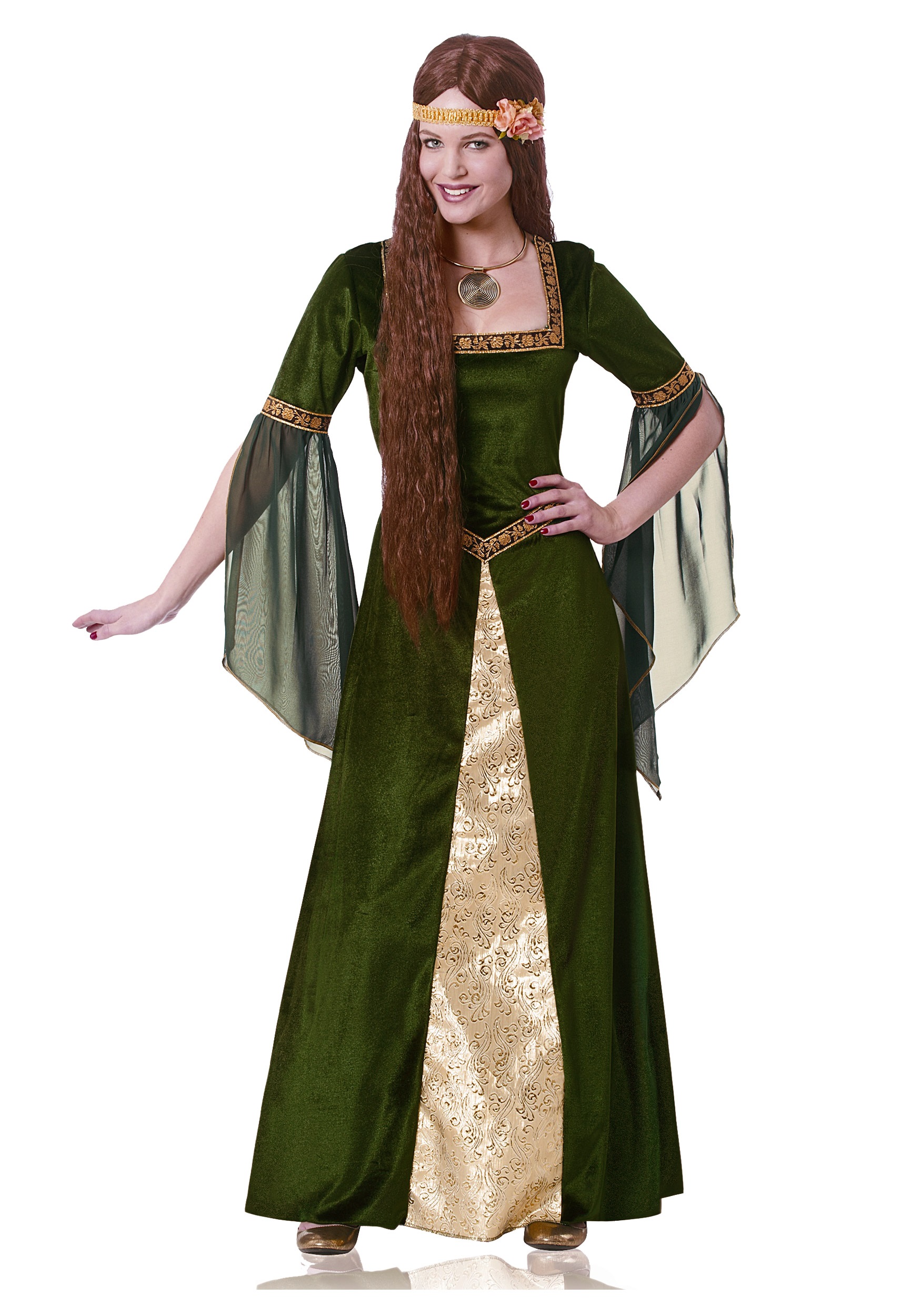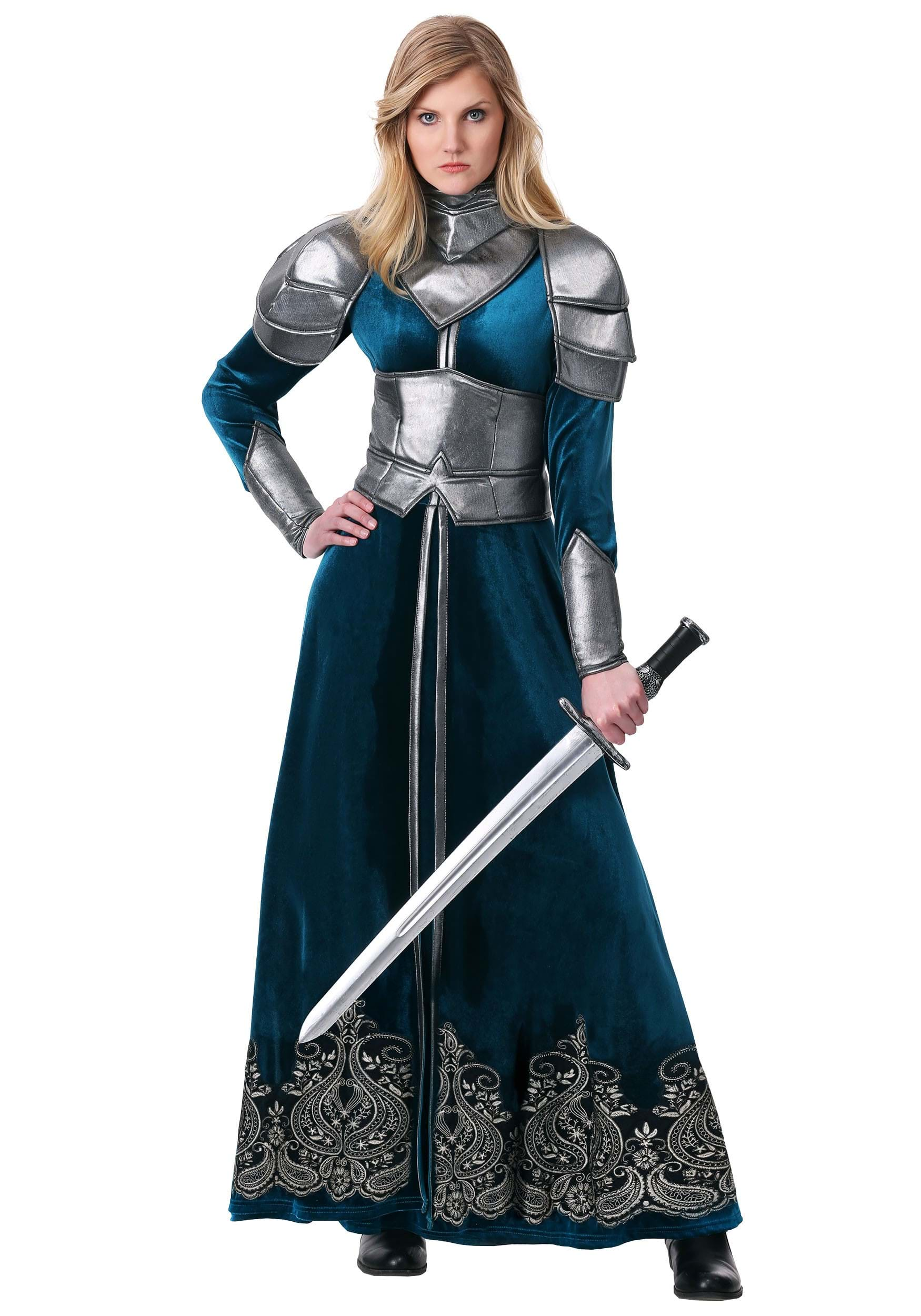

Pallium - A cloak fastened at the front by a large broach(Frodo Baggins style!)Ĭhainse - under tunic - made of wool, linen, hemp, or silk and fastened at the neck and wrists by buttons ( a result of the crusades) or tied with tassels.

Slowly the Blaiud lengthened to the ankles for men and then shortened again by the end of the Middle Ages.

Peasants and lower class often wore shorter garments or breeches to ease movement while they worked and people who belonged to guilds would sometimes wear garments or emblems that advertised their trade.īlaiud - long sleeve tunic - at the beginning went to the knees for men and feet for women. Both sexes wore an under tunic and a short over tunic that was belted at the waist (believed to be the origin for the modern skirt or blouse)The rich wore cloaks lined with fur, silk, or gold cloth. Both sexes wore a long cloak as an outer garment.

And as in Bysintine it was the choice of fabric used to make the cloths that distinguished social class. They were completely covered ( Christian influence no doubt). both men and women of all classes wore pretty much the same thing in summer and in winter. Royalty or nobles would have ceremonial garb for special occasions but would not wear this day to day. in fact, until the 14th century people of all classes tended to wear very similar clothing. People wore cloths that were functional and protected them from the sometimes harsh climate. Most people however, it seems did not wear elaborate costumes on a day to day basis. (WHY) Soldiers in battle would often have their family crest on their helmets or shields so they could be identified in battle ( possibly because the armor shielding them made them anonymous, they wanted their deeds and their bodies to be identifiable, this was also the time of knights who would want to gain respect from valiant battles.) The Middle Ages also saw the birth of individual clothing style, the more wealthy began to wear clothing with individualized patterns and crests that represented their family. Clothing construction, which had previously been a woman's job was becoming more and more dominant by men. Another addition to the clothing world that is credited to the Middle Ages is the development of the tailor. one of the biggest developments of the time as a result of the crusades people began to use buttons to fasten clothing. towards the end of the Middle Ages western Europe began to develop their own style. However, due to the slow communication channels, styles in the west could lag behind by 25 to 30 year. At the beginning dress was heavily influenced by the Byzantine culture in the east. Gothic style peaked in the period between the 10th - 11th centuries and the 14th century. The 13th century witnessed an emergence of a middle class - trades and guilds developed (like modern day unions in some ways). The church and state were working together. Also the crusades were underway in this time period and as a result there was a lot of eastern influence that was brought back and integrated into western culture. However it was still not a great time - The black death reigned for two years in this period wiping out a third of the population in western Europe. There was a general increase in prosperity during this time. Communication avenues opened and became more efficient, an emphasis was again placed on art and culture, and national monarchies were forming in France, England, and Spain a more modern Europe was developing. In the 11th century a cultural revolution began as a result of the Carolingian Dynasty (771-987) beginning with Charlemagne. Towards the beginning of the Middle Ages the feudal system was developed which was a hierarchy of classes that formed a social structure. Food was not good, disease spread, there were no efficient and clean ways of heating homes. Life in the Middle Ages, even for the nobles, was tough. This period is known as the Middle Ages or the Dark Ages. The only unity between these provinces existed solely in the Christian church. As a result of this division the artistic and cultural life of Rome was wiped out and replaced by the cultures of these waring tribes. During these invasions many shipping and highway networks that had allowed for communication and trade between the eastern and western parts of the Empire where destroyed, dividing and segregating it. The Empire of Rome had been invaded by many Germanic or northern cultures including, Visigoths, Vandals, Ostrogoths, Huns, Angles, Saxons, Jutes and Franks. The exact dates of the fall of Rome are heavily debated by historians.


 0 kommentar(er)
0 kommentar(er)
